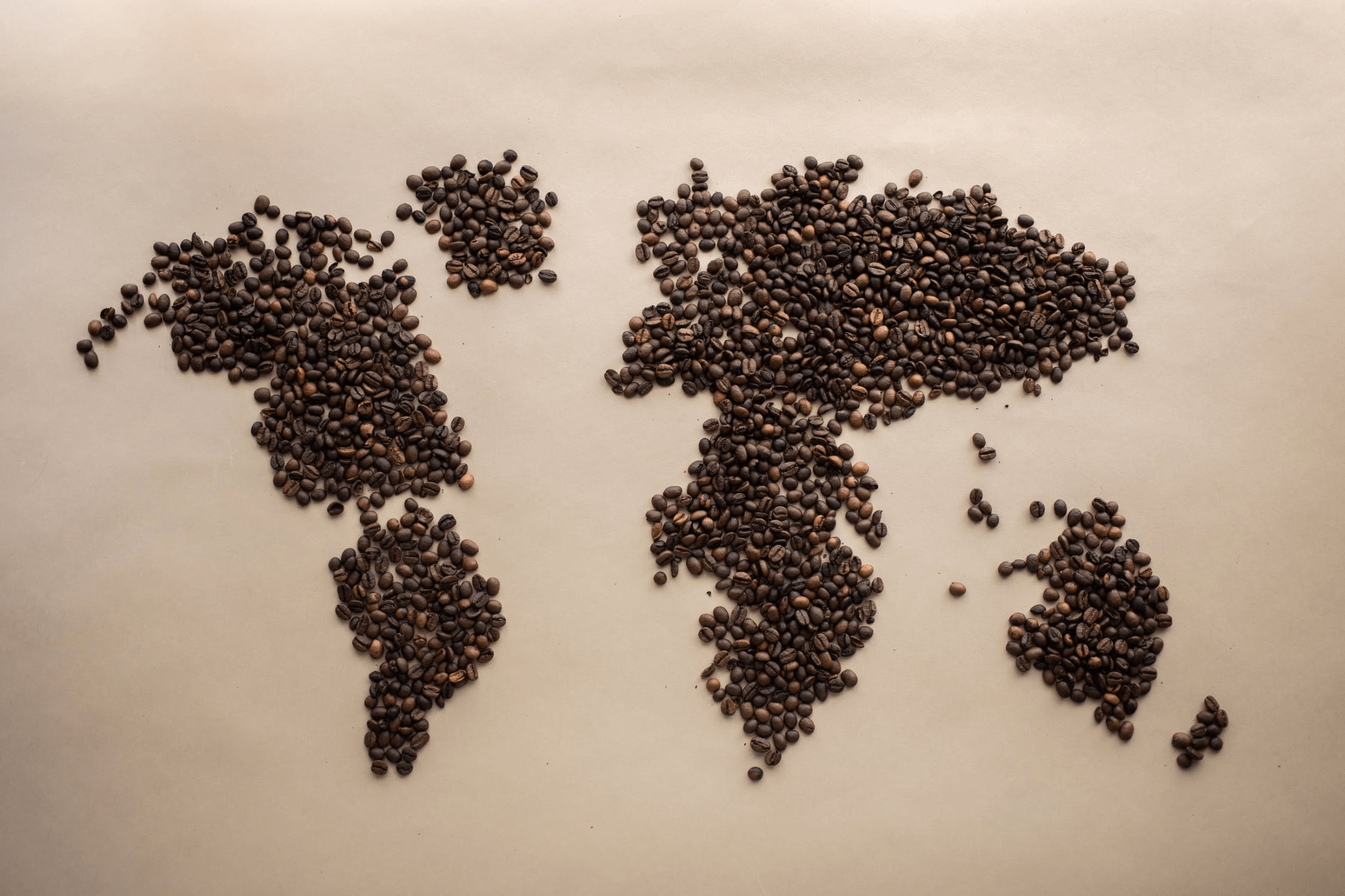| The Republic of Ivory Coast Capital: Yamoussoukro Population 23.7 million Area 322,462 sq km (124,503 sq miles) Major languages French, indigenous languages Major religions Islam, Christianity, indigenous beliefs Life expectancy 52 years (men), 55 years (women) Currency CFA (Communaute Financiere Africaine) franc DATA: UN, World Bank |
Major events:
- 1842 – France imposes protectorate over the coastal zone and later colonized Ivory Coast.
- 1944 – Felix Houphouet-Boigny, later to become Ivory Coast’s first president, founded a union of African farmers, which developed into the inter-territorial African Democratic Rally and its Ivorian section, the Ivory Coast Democratic Party.
- 1958 – Ivory Coast becomes a republic within the French Community.
- 1960 – France grants independence under President Felix Houphouet-Boigny. He held power until he died in 1993.
- 1999 – President Henri Konan Bedie, in power since 1993, is overthrown in a military coup.
- 2000 – Laurent Gbagbo becomes president after a controversial election.
- 2002-2007 – Civil war effectively splits country into Muslim rebel-held north and government-controlled Christian south after renegade soldiers try to oust Mr Gbagbo.
- 2007 – Gbagbo and rebel chief Guillaume Soro of the New Forces sign an agreement to end the crisis.
- 2010 – Long-delayed presidential elections. Election commission declares Alassane Ouattara the winner of the run-off. Mr Gbagbo refuses to quit. Post-election violence leaves 3,000 people dead and 500,000 displaced.
- 2016 March – Al-Qaeda jihadists attack the beach resort of Grand Bassam, near Abidjan, killing 18 people.
- 2017 January – President Ouattara sacks army, policy and gendarmes chiefs over two-day army mutiny in various cities over unpaid wages.
- 2017 September – An environmental group says the chocolate industry is causing massive illegal deforestation, fuelling a catastrophic decline in wildlife.
- 2019 January – The International Criminal Court acquits Ivory Coast ex-president Laurent Gbagbo of charges of crimes against humanity over violence following the 2010 election.
- 2020 November – Alassane Ouatarra is re-elected for a controversial third term. The opposition boycott the poll.
Production of cocoa beans in Ivory Coast from 2012/2013 to 2020/2021
The cocoa bean, also called cocoa, is the seeds of the fatty Theobroma cacao that are dried and fermented completely, which produce cocoa solids with cocoa oil. For chocolate and cocoa products, “beans” are the essential ingredient. Cocoa bean products are not only used in chocolates but in a wide variety of food products. Global production of cocoa in the 2020/2021 crop year is expected to reach 4,8 million tons. The price of cocoa is well in excess of USD two per kilogram in recent years.
Ivory Coast is the leading cocoa producer and the largest agricultural product in the country. However, much of the beans are still being shipped locally with minimal value or no added value. In order to promote local employment and to further professionalize the Ivorian cocoa business and create a value for the economy, this investment will be supported by the Ivory Cocoa product range and capabilities.
The country was a powerful economic powerhouse in West Africa in the 1960s and 1970s through the production of coffee and cocoa. In the 1980s Côte d’Ivoire experienced an economic crisis which led to the political and social unrest of Côte d’Ivoire. The instability ended and the Ivorian economy in the 21st century was mostly focused on the market and relies significantly on farming for the sustenance of its population.
Three important cocoa varieties are present: Forastero, Criollo, and Trinitario.
The first is the most used, which accounts for 95% of global cocoa production. Overall, the Criollo varieties, which are regarded as a delicacy, produce the best quality cocoa beans.
Criollo plantings offer lesser yields than Forastero plant plants and are also less resistant to numerous conditions attacking the cocoa plant, so relatively few countries continue to grow it. Venezuela is one of the biggest producers of Criollo beans (Chuao and Porcelana). Hacienda San José, located in Paria/Venezuela, cultivates Criollo beans.
Forastero has a strong acidic aroma with its smooth, yellow, and green pods. Its bean has a high tannin concentration. Forasteros’ advantageous features have encouraged farmers to grow. This cocoa group presently represents about 80% of world production. The Forastero cocoa crop could continue to spread over the world because of its great profitability. Forastero cocoa beans, on the other hand, contain considerable amounts of tannin. The quality of this cocoa is pretty ordinary with its high tannin level. There are also several subgroups of the Forastero species because of crossbreeding. Ecuador’s National Chocolate is the most appreciated and high-quality cocoa. The Forastero Group also included African Amelonado cocoa trees and made up cocoa farms in Côte d’Ivoire, Nigeria and Ghana.
Criollo means “of local origin” in Spanish. This cocoa bean is very good and highly aromatic and without bitterness. The Criollo is a highly rational and expensive luxury chocolate that is rarely consumed alone.Less and fewer are available.
Trinitario was founded in 1727 after the hurricane of the criollo plantations of Trinidad was almost destroyed. Forastero seeds were taken from Venezuela and transplanted into the trinitario alongside the native Creole beans. Found in the Caribbean, but also in Colombia and Venezuela. It accounts for around 12% of global cocoa output.
| According to the World bank document: THE COUNTRY IS FORMED BY THREE DIFFERENT CLIMATIC ZONES: (I) HUMID TROPICAL FOREST IN THE SOUTHERN PART OF THE COUNTRY; (II) THE TRANSITION ZONE TO THE NORTH COMPRISING FOREST SAVANNAH; (III) AN OPEN ZONE IN THE NORTH, COMPRISING VAST WOODLANDS, I.E. SAVANNAH. |
Source: TOA Magzine




